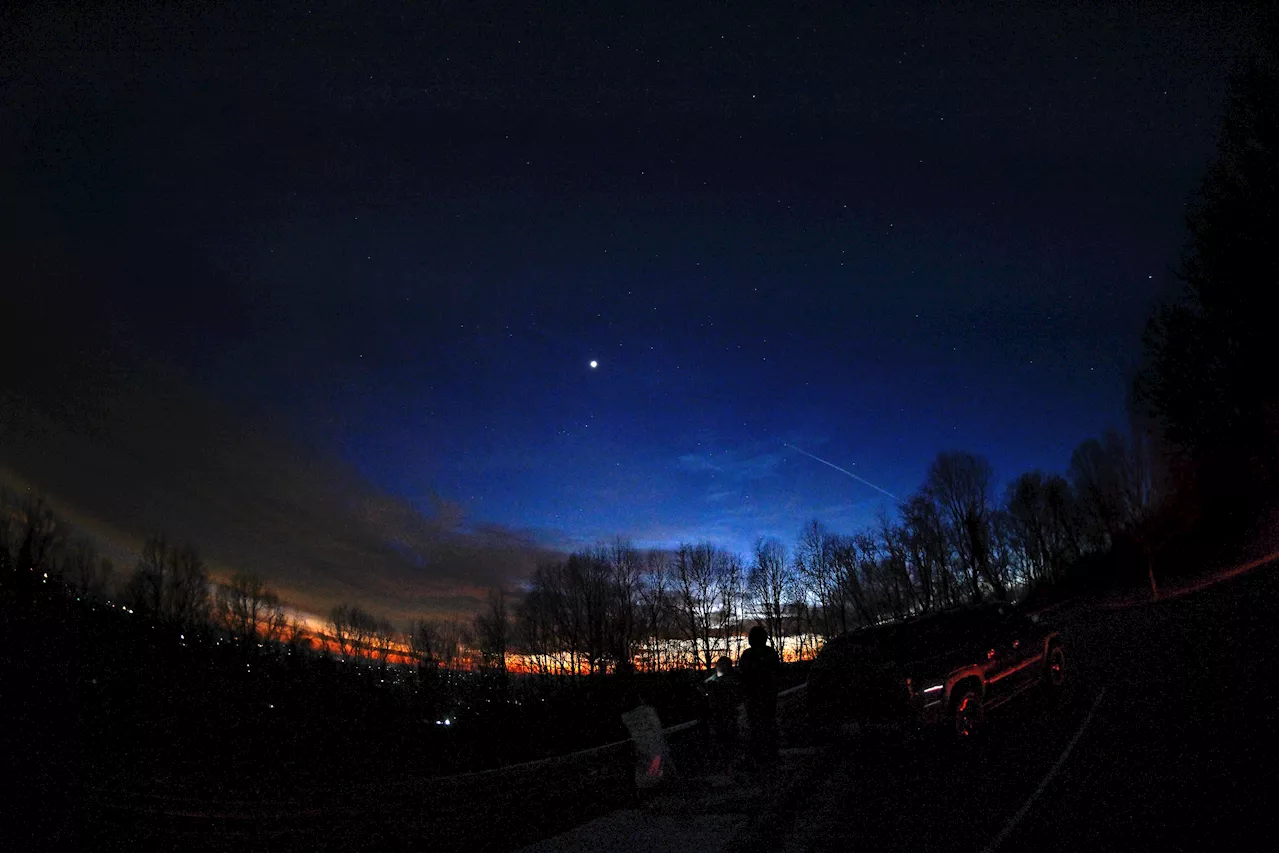A celestial spectacle awaits skywatchers this February as five planets—Venus, Mars, Jupiter, Saturn, and Mercury—will be visible to the naked eye throughout the month. Uranus and Neptune, while harder to spot, can be seen with binoculars or a telescope. This 'planet parade' occurs due to the planets' orbits aligning on the same side of the sun's imaginary 'racetrack'. The best viewing time is after dusk on a clear night away from light pollution.
The best time to see the planets is after dusk on a clear night in a spot that is away from city lights and other forms of light pollution.Like a celestial parade across the cosmos, five bright planets are lighting up the night sky and visible with the naked eye all February long — with two other planets also detectable for skywatchers with special equipment.
“I like to tell people that the nighttime sky is the original Netflix — it’s what people used to do to entertain themselves,” she said. For skywatchers with high-powered binoculars or a telescope, Uranus and Neptune are also findable with some dedication, patience and the help of star charts, Faherty said. a “planet parade.” While they don’t occur every year, the chance to see multiple bright planets at the same time overhead is not particularly rare.
“That’s why you might look for some planets at dusk while some will be setting later, but they’re all across the sky,” she said.
PLANETS NIGHT SKY ASTRONOMY CELESTIAL EVENTS LIGHT POLLUTION
United Kingdom Latest News, United Kingdom Headlines
Similar News:You can also read news stories similar to this one that we have collected from other news sources.
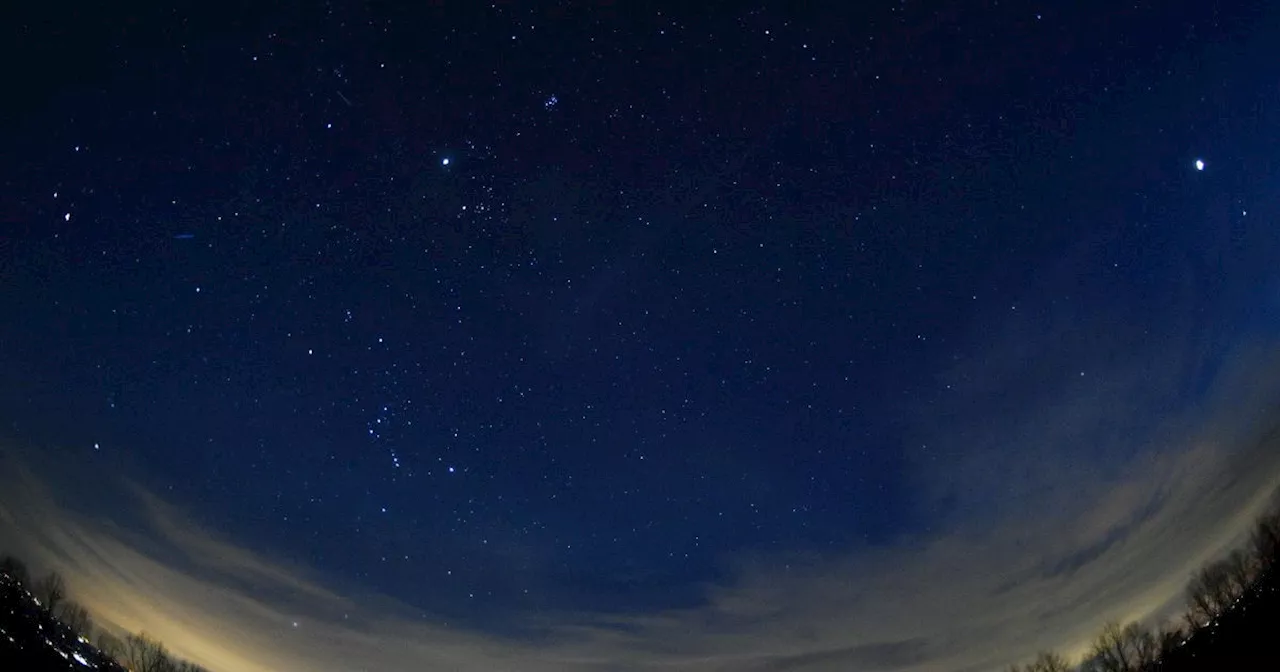 Four Planets Visible to Naked Eye in Rare Planetary ParadeA rare 'planetary parade' will grace UK skies this week, allowing viewers to see Venus, Mars, Jupiter, and Saturn aligned in a line. Neptune and Uranus will also be visible with a telescope. The planets will appear extra bright due to the thin waxing crescent moon and line up along the ecliptic, the path followed by the Sun. The best time to view this celestial event is on Friday evening (January 31) at 6.45pm UK time.
Four Planets Visible to Naked Eye in Rare Planetary ParadeA rare 'planetary parade' will grace UK skies this week, allowing viewers to see Venus, Mars, Jupiter, and Saturn aligned in a line. Neptune and Uranus will also be visible with a telescope. The planets will appear extra bright due to the thin waxing crescent moon and line up along the ecliptic, the path followed by the Sun. The best time to view this celestial event is on Friday evening (January 31) at 6.45pm UK time.
Read more »
 NASA's February sky watching tips are full of bright planets and moon phasesThe moon will have many engagements and the goddess of love draws near during this very romantic month
NASA's February sky watching tips are full of bright planets and moon phasesThe moon will have many engagements and the goddess of love draws near during this very romantic month
Read more »
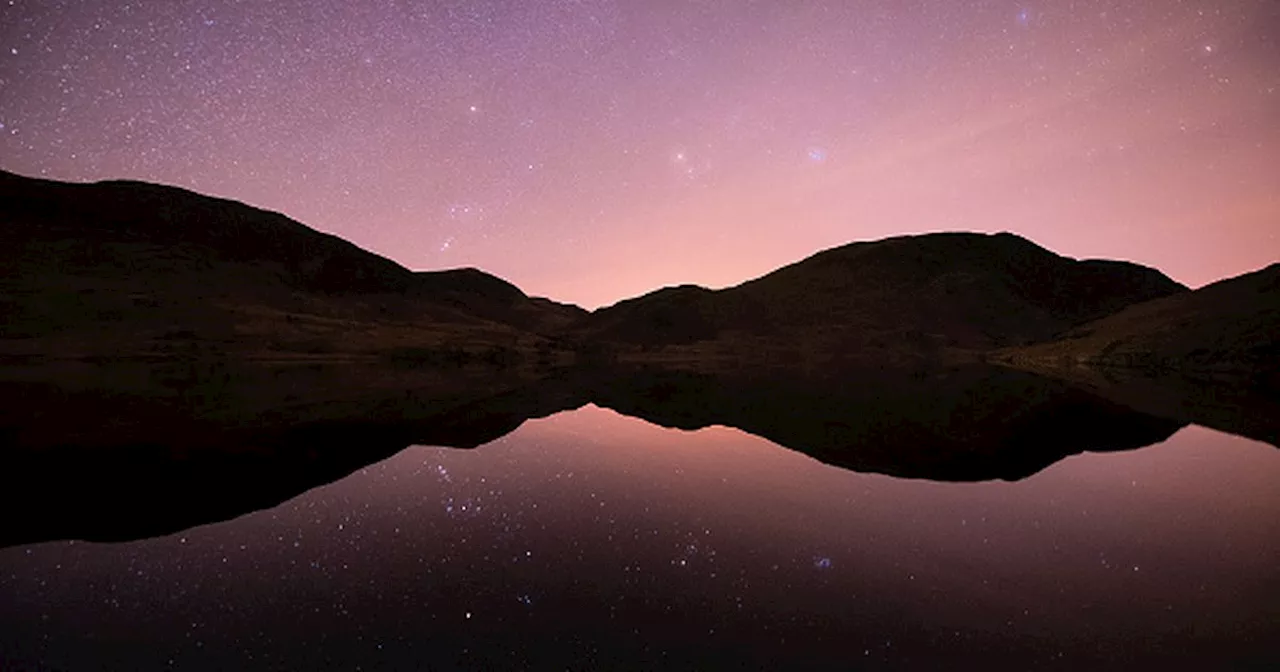 February Skywatching Guide: Venus at its Brightest, Moon Dances with PlanetsGet ready for an awe-inspiring February sky with Venus shining at its brightest, a lunar journey alongside planets, and more. NASA offers tips for stargazers to enjoy the celestial wonders.
February Skywatching Guide: Venus at its Brightest, Moon Dances with PlanetsGet ready for an awe-inspiring February sky with Venus shining at its brightest, a lunar journey alongside planets, and more. NASA offers tips for stargazers to enjoy the celestial wonders.
Read more »
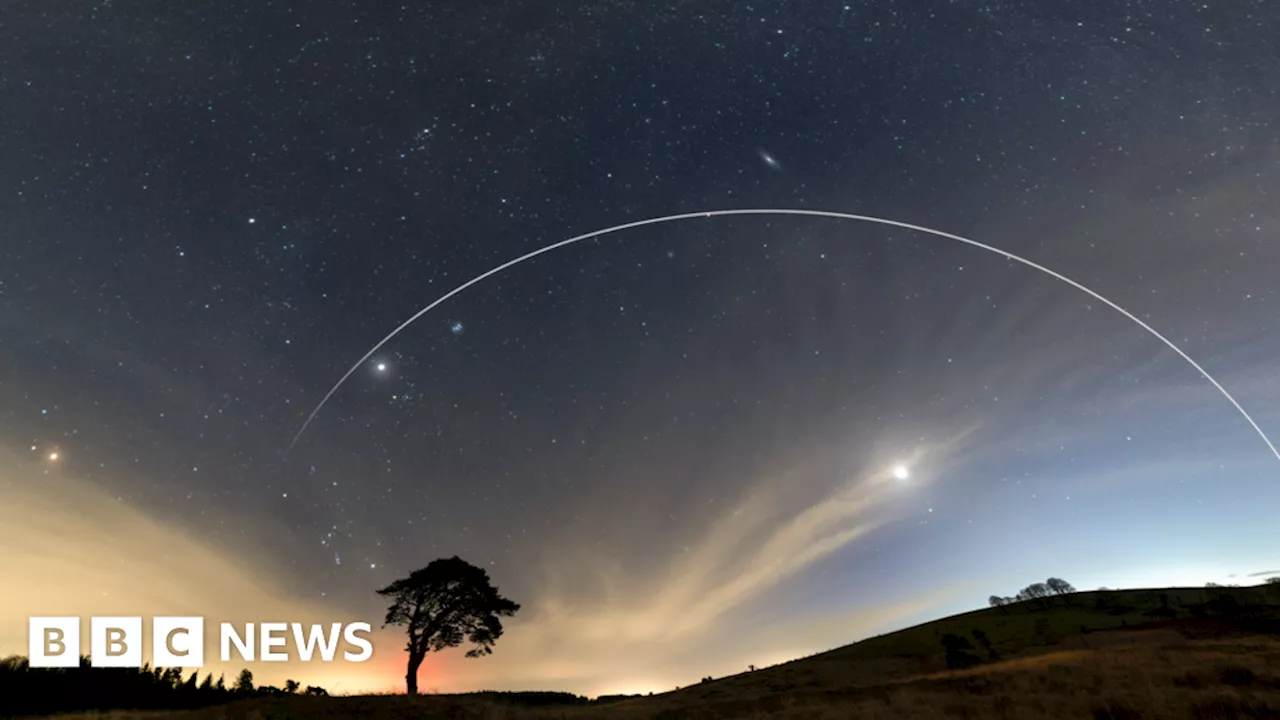 Stargazers Have One Month to Witness Rare Planetary ParadeSix planets in our solar system are aligning in a rare celestial event known as a planetary parade, visible until late February. Four planets – Mars, Jupiter, Saturn, and Venus – are visible to the naked eye, while Uranus and Neptune require binoculars or a telescope. Photographer Josh Dury captured the spectacle from the Mendip Hills, sharing images to guide viewers.
Stargazers Have One Month to Witness Rare Planetary ParadeSix planets in our solar system are aligning in a rare celestial event known as a planetary parade, visible until late February. Four planets – Mars, Jupiter, Saturn, and Venus – are visible to the naked eye, while Uranus and Neptune require binoculars or a telescope. Photographer Josh Dury captured the spectacle from the Mendip Hills, sharing images to guide viewers.
Read more »
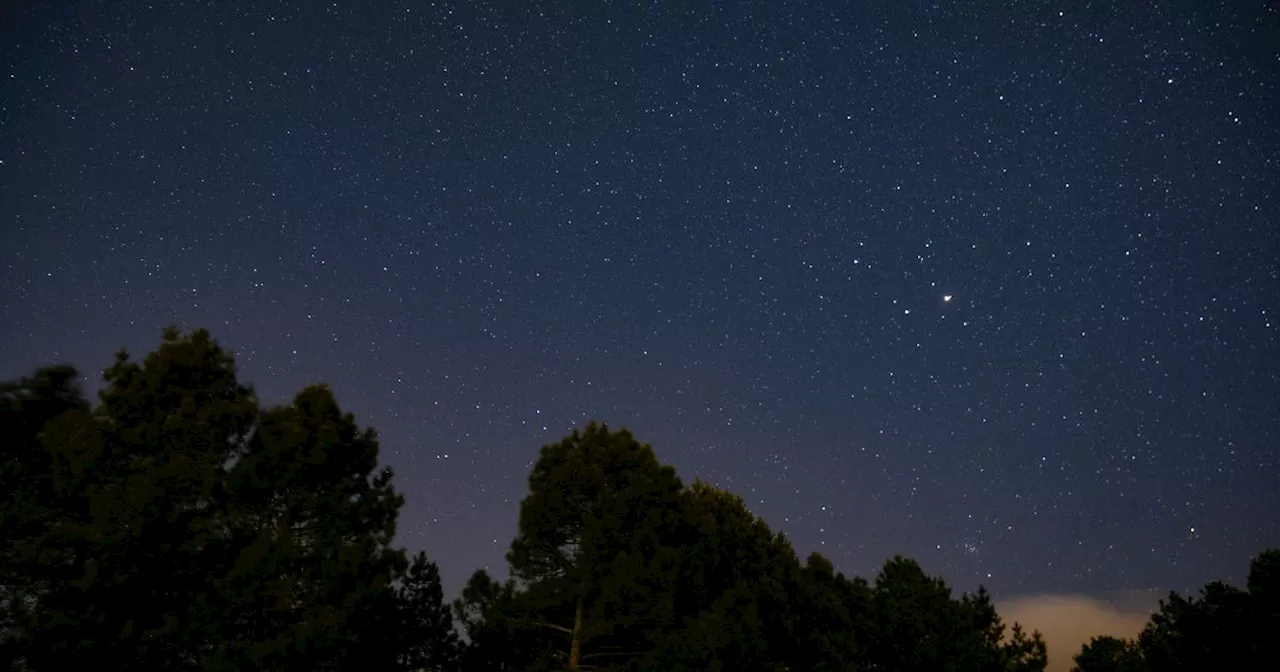 Witness the Rare Sight of All Seven Planets Aligned in the Night SkyOn February 28, 2025, stargazers will have a unique opportunity to see all seven planets in our solar system aligned in the night sky. Mercury will join the already visible Saturn, Venus, Neptune, Uranus, Jupiter, and Mars, creating a spectacular planetary parade. While four of the planets will be visible to the naked eye, binoculars or a telescope will be needed to spot Uranus and Neptune. Saturn will be the most challenging to see, requiring precise timing and location knowledge.
Witness the Rare Sight of All Seven Planets Aligned in the Night SkyOn February 28, 2025, stargazers will have a unique opportunity to see all seven planets in our solar system aligned in the night sky. Mercury will join the already visible Saturn, Venus, Neptune, Uranus, Jupiter, and Mars, creating a spectacular planetary parade. While four of the planets will be visible to the naked eye, binoculars or a telescope will be needed to spot Uranus and Neptune. Saturn will be the most challenging to see, requiring precise timing and location knowledge.
Read more »
 Rare 'Planetary Parade' Captures Stargazers' AttentionSeven planets, including Venus, Mars, Jupiter, Saturn, Uranus and Neptune, are forming a rare alignment in the night sky, visible to stargazers throughout February. While all planets won't be easily visible from all locations, finding a dark-sky area after sunset offers the best chance to witness this celestial event.
Rare 'Planetary Parade' Captures Stargazers' AttentionSeven planets, including Venus, Mars, Jupiter, Saturn, Uranus and Neptune, are forming a rare alignment in the night sky, visible to stargazers throughout February. While all planets won't be easily visible from all locations, finding a dark-sky area after sunset offers the best chance to witness this celestial event.
Read more »
